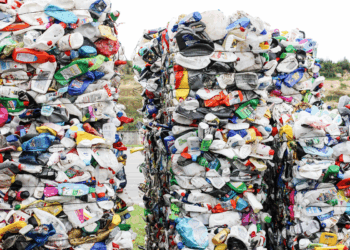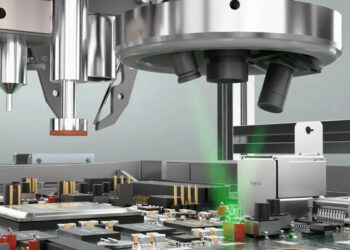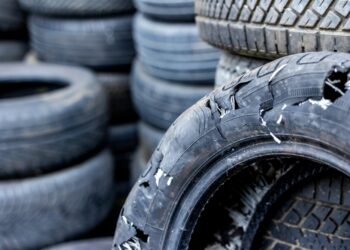Arguing that “increased recycling leads to the creation of new jobs,” a new study on Indiana’s recycling industry suggests that close to 10,000 new jobs would be created if the state managed to divert 25 percent of the waste it currently sends to landfills and incinerators.
Commissioned by the Indiana Recycling Coalition (IRC) and released today, “The Untapped Job Potential of Indiana’s Recycling Industry” was prepared by researchers at Ball State University’s Bowen Center for Public Affairs. It comes on the heels of claims that the state has cut recycling funding by $20 million dollars in recent years, with the IRC, led by Carey Hamilton, being one the most outspoken critics of the budgetary cuts.
“The IRC continues to lobby for the full allocation of Indiana’s Solid Waste Management Fund,” Hamilton told Resource Recycling. “Less than 10 percent of the fund has been used in recent years (15 percent was approved for the current budget cycle), and the IRC believes that today, spending the full fund on targeted investments will go a long way toward capturing the 4 million tons of commodities and 1 million tons of compostables that Hoosiers throw away annually.”
According to the study, each year Hoosiers send about 6 million tons of material to state landfills and incinerators. Approximately 82.6 percent of the materials are either recyclable or compostable, Ball State researchers found, with an additional 9.7 percent of materials considered “recoverables,” such as construction and demolition debris and durable goods. An estimated 66 percent of the state’s municipal solid waste (MSW) stream constitutes “recycled content feedstock,” materials typically used in in the manufacture of new products.
The study goes on to suggest that if the state managed to divert just 10 percent of in-state MSW some 3,877 new jobs would be created. Diverting 25 percent would lead to 9,908 new jobs while diverting 50 percent of MSW could lead to around 20,000 new jobs. A major reason for the potential increase in jobs, the study explains, is the labor-intensive nature of recycling and sorting activities, shown to “require three to four times more employees than landfilling and incinerating the same material.”
However, it’s unclear whether sufficient demand exists for more materials recycled in the state. The study says there is, citing the 30,447 jobs from manufacturers who already make use of recycled materials. While approximately 80 percent of those current jobs deal with recycled metals, Hamilton explained that in-state demand is growing, especially for glass and paper.
“We don’t pretend to say there is a market for all commodities within Indiana,” Hamilton said. “Certainly steel is huge; aluminum’s pretty big, too. But we also have so much demand for glass and Pratt Industries, one of the largest paper recyclers in the world, recently announced a major expansion within Indiana.”
In addition, the study uses the state’s 2009 e-scrap law, which requires manufacturers to collect and recycle the equivalent of 60 percent of the electronics sold in the state each year, as an example of the recycling industry’s job creation power. The state has 61 “Indiana businesses that help recycle e-waste,” more than half of which – 54 percent – started following 2009’s legislation. Approximately 1,384 direct jobs have sprung from the industry, with room for growth, the report states.



















